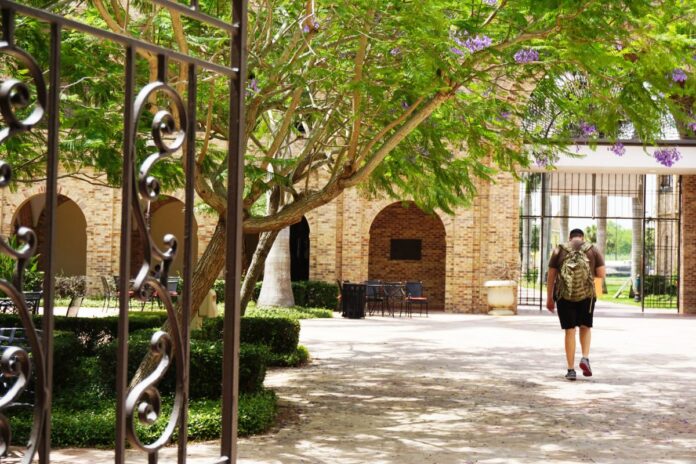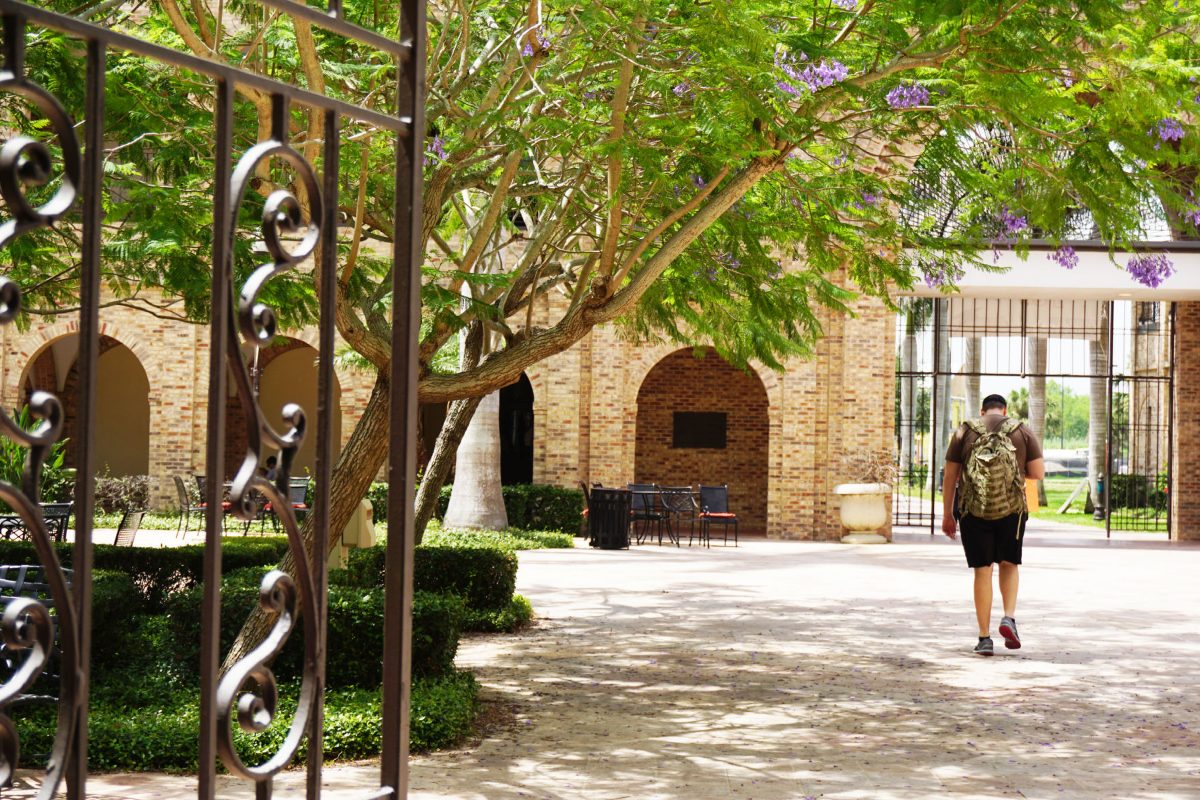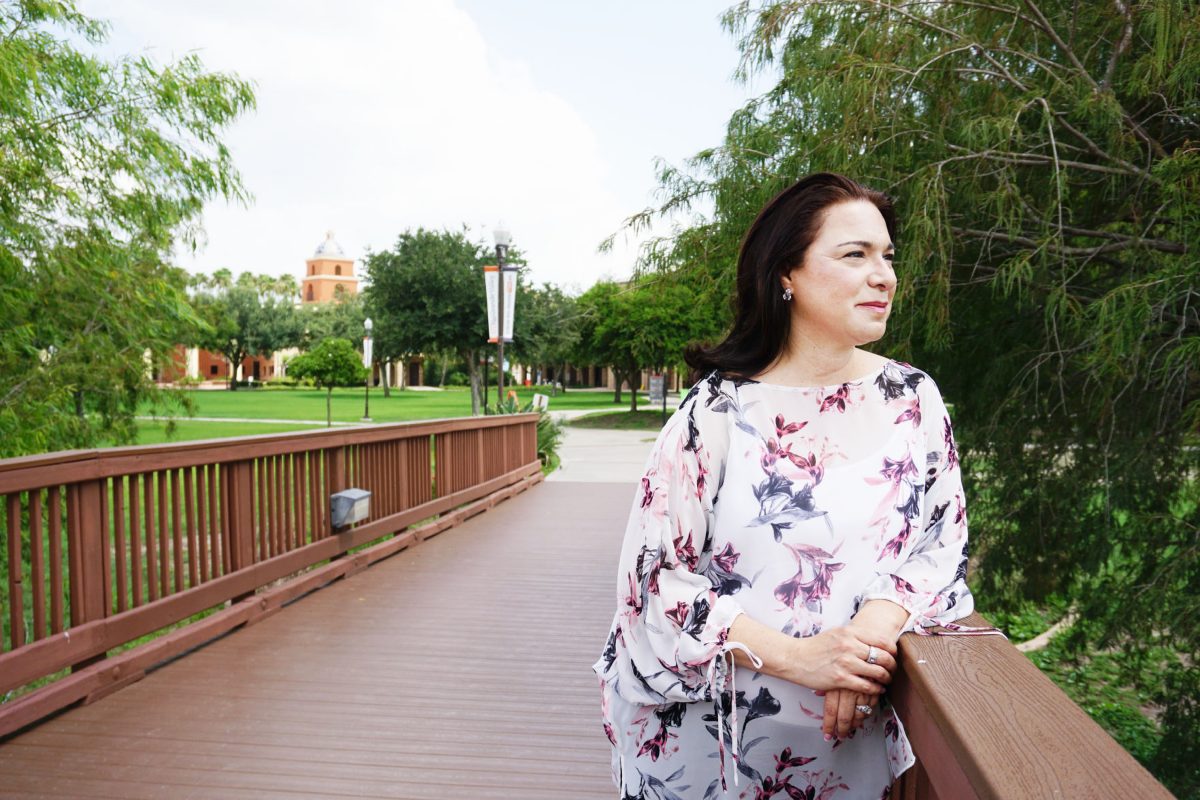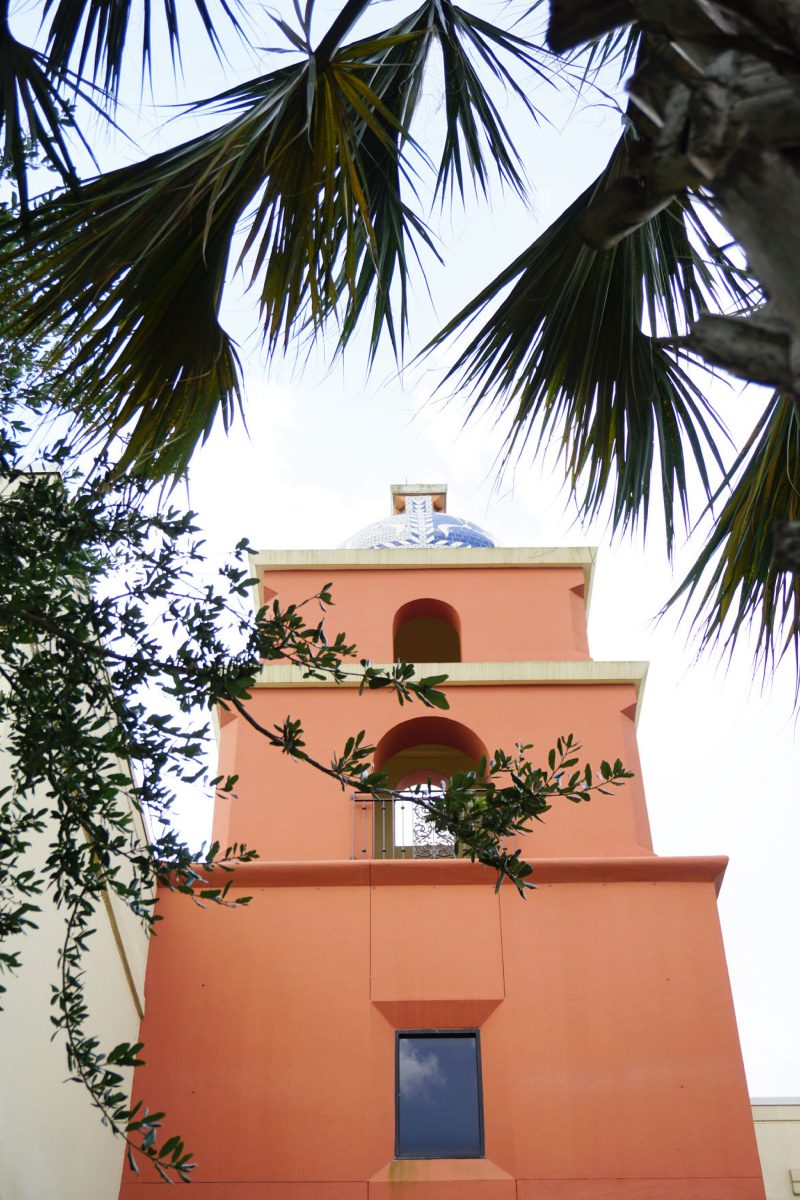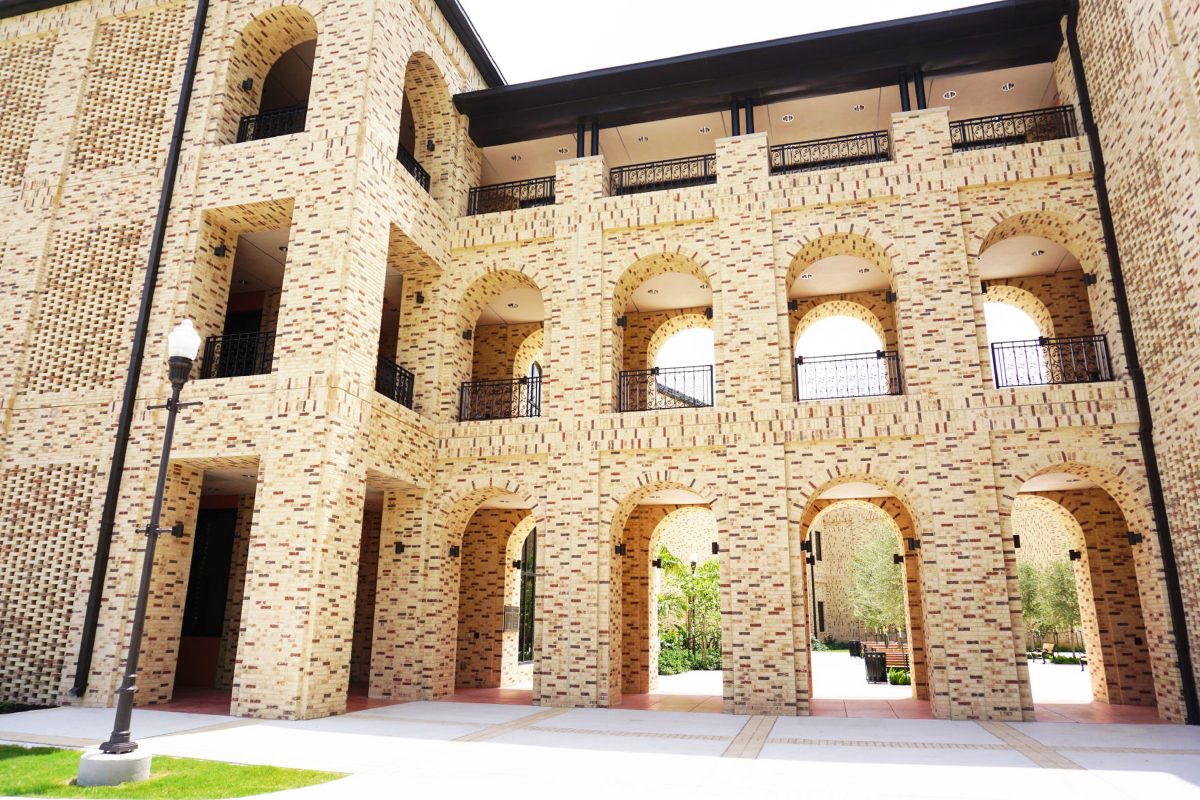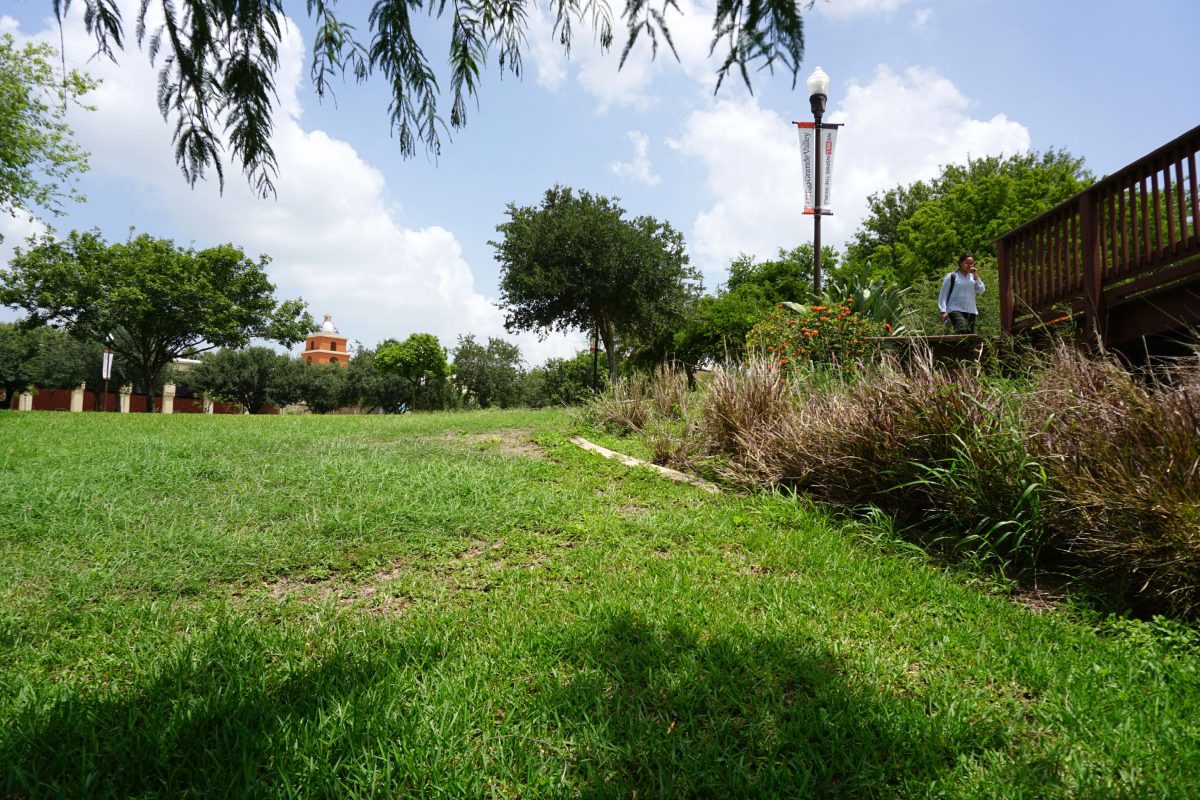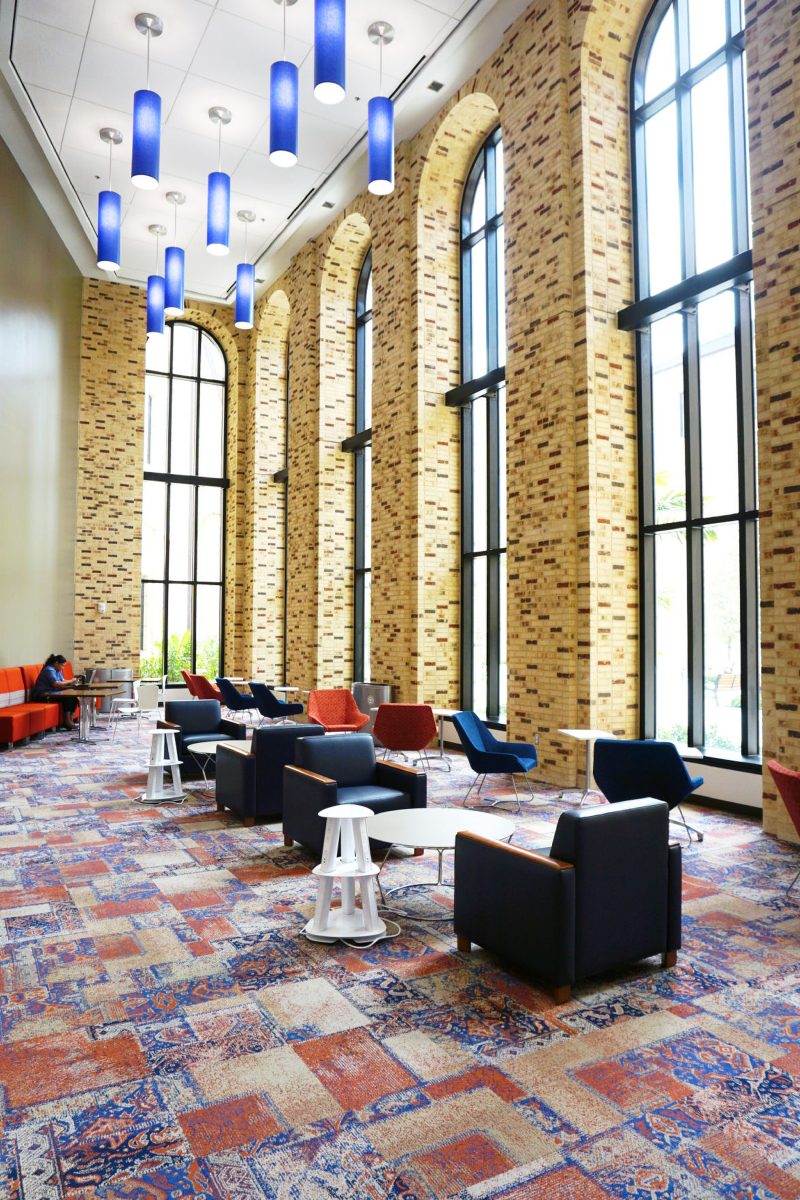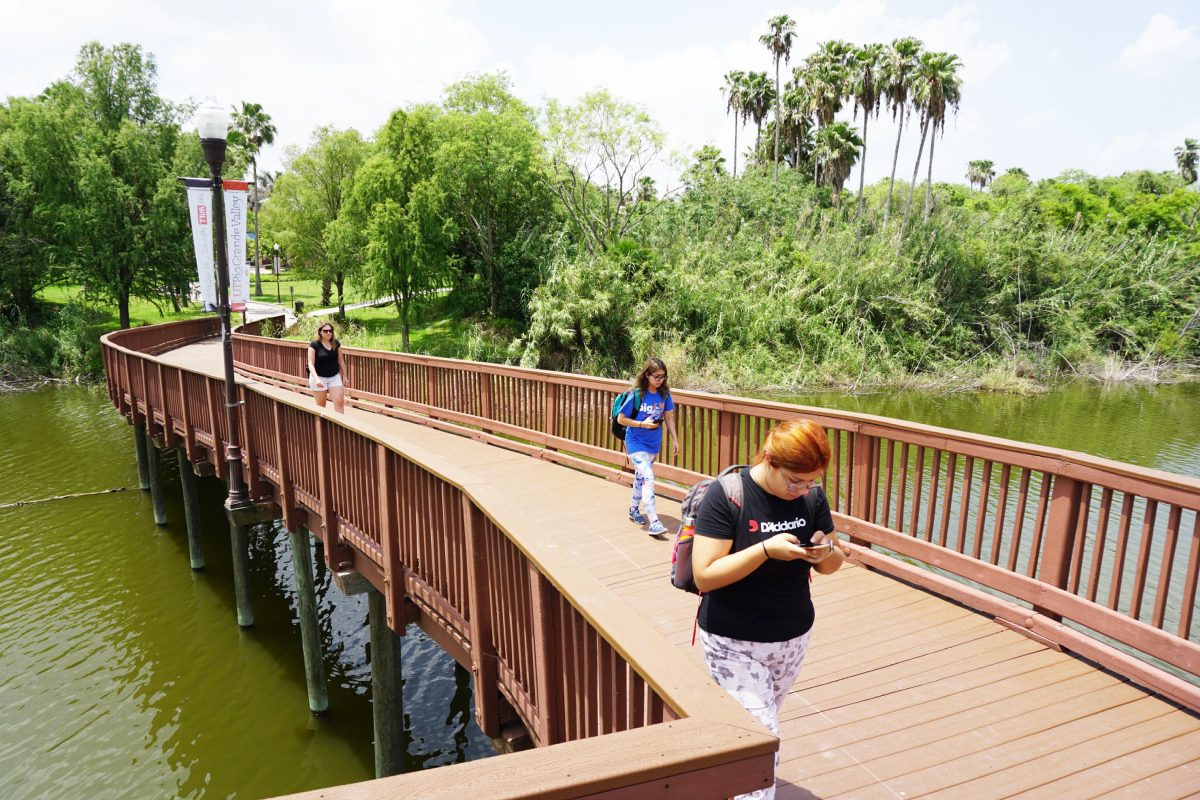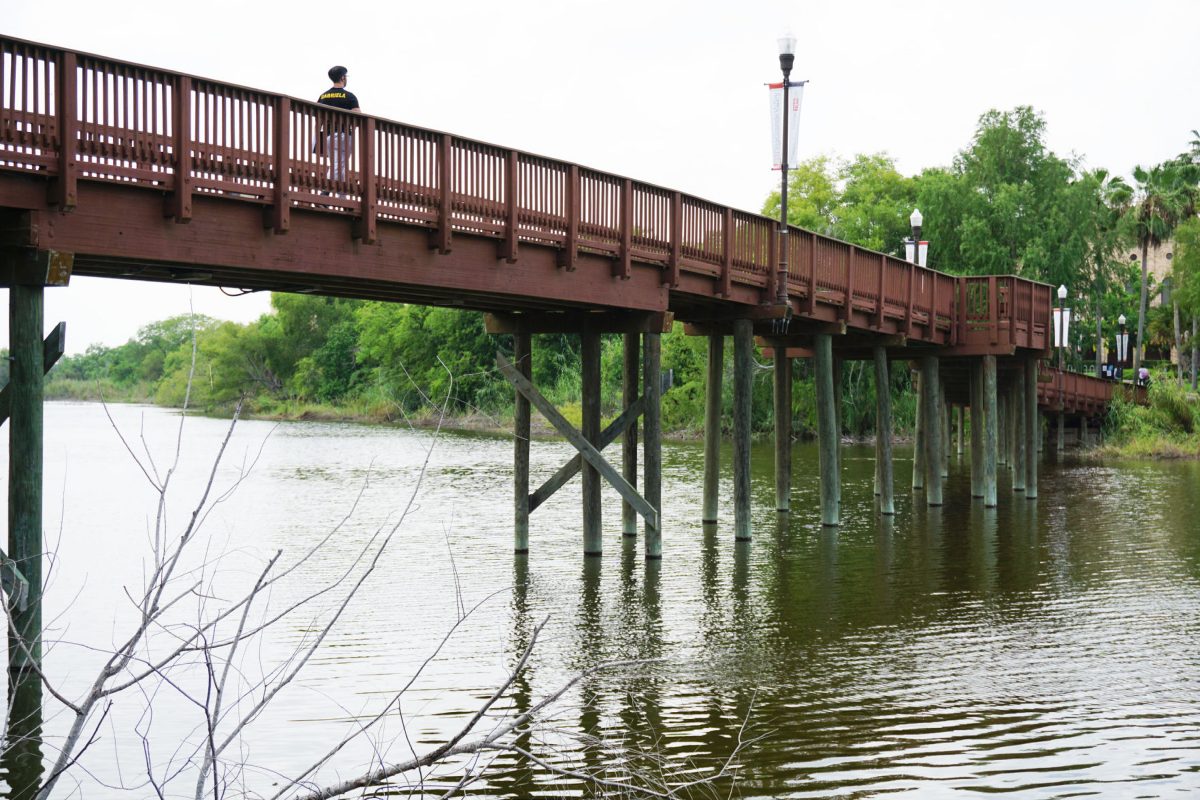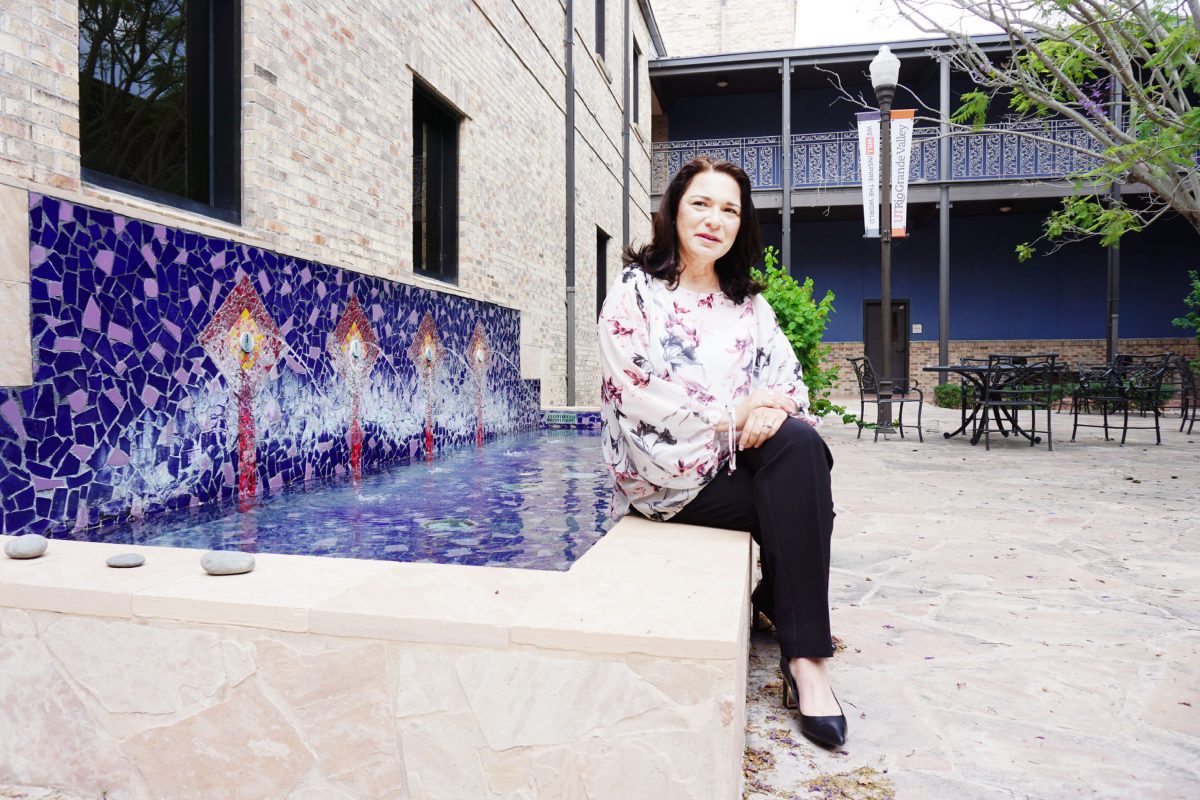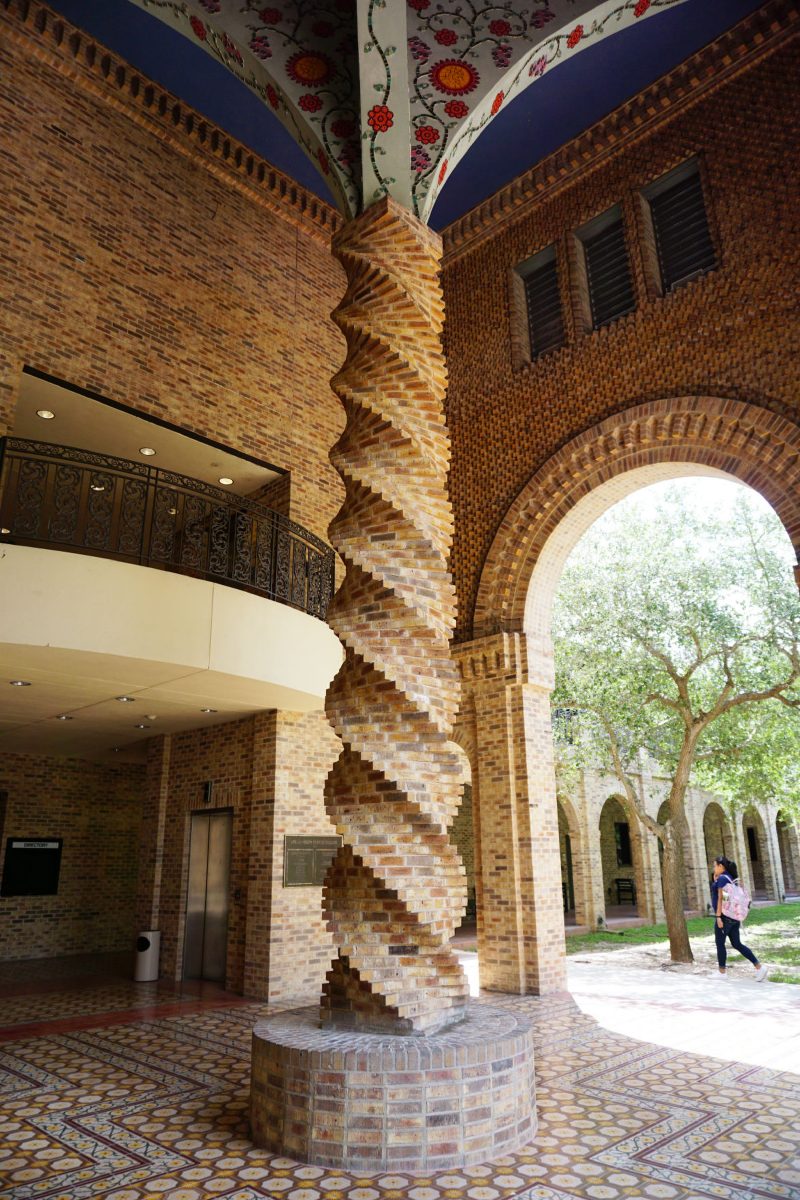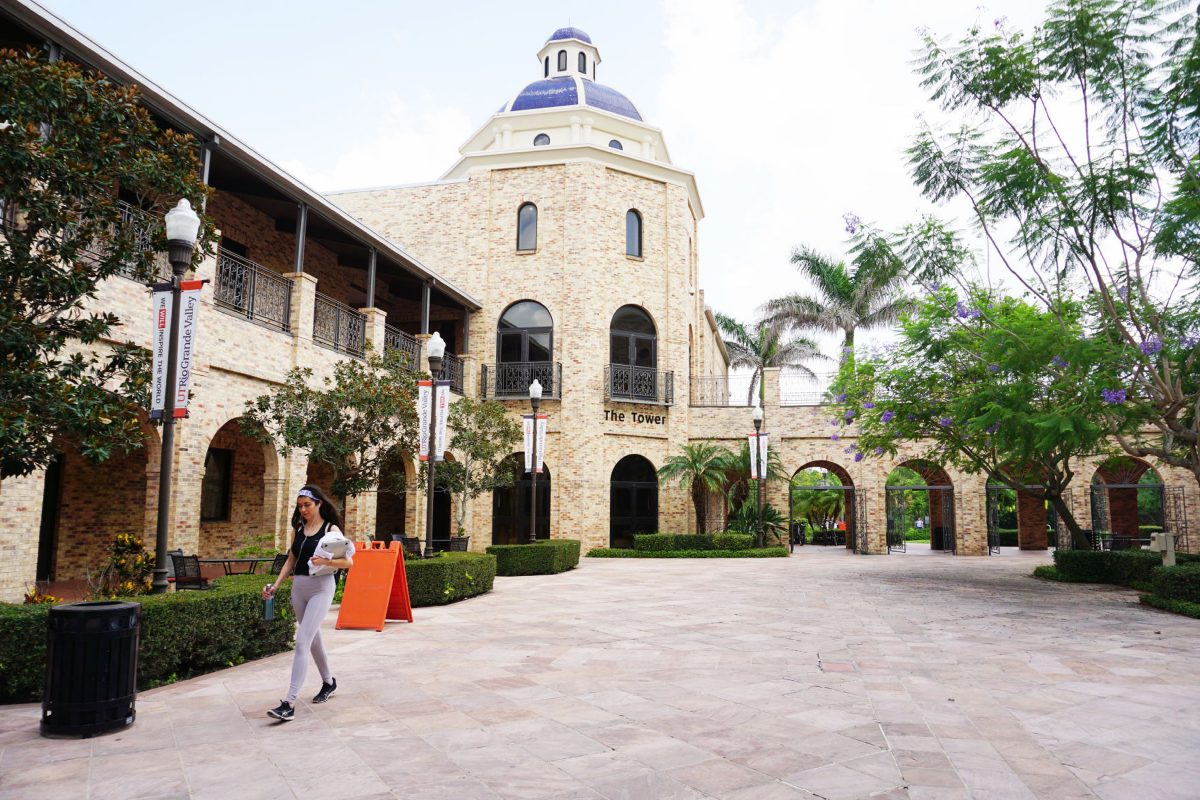BROWNSVILLE — For a machine to run well and keep running, the parts all have to work together, otherwise things fall apart.
The same concept applies to sustainability: If some parts of a system work in a way detrimental to the other parts, the system is doomed to fail. It’s not sustainable.
Marianella Franklin, chief sustainability officer for the University of Texas Rio Grande Valley, grapples with these issues as they pertain to higher education. In this case, sustainability means striving to achieve balance among the world’s three major systems — economic, environmental and social — as opposed to prioritizing one or two.
“All three are completely interconnected,” Franklin said. “Sustainability is about protecting the three, but all at one time.”
What it’s not is strictly environmental or political, she said, arguing that sustainability relates just as much to business and organizational structure as it does to preserving forests or neighborhoods.
Franklin established the University of Texas-Pan American’s Office for Sustainability in 2009 after the UT System ordered campuses to make it a priority. Franklin’s architecture background and experience working with Pan Am as a project manager known for pushing green initiatives made her the logical choice.
UTRGV was created by the Texas Legislature in 2013 by the merger of Pan Am and the University of Texas at Brownsville. In 2015, Franklin’s office undertook its first yearlong sustainability assessment, involving both campuses, using the Sustainability Tracking Assessment Rating System, an assessment tool created by the Association for Advancement of Sustainability in Higher Education.
“We ended up with a silver rating, which is actually very good,” she said.
UTRGV brought home the gold with its second assessment, which took place throughout the course of last year. AASHE announced the award in March. UTRGV was the only UT System institution and one of just three universities in the state to claim the distinction, Franklin said.
In addition to operational aspects of UTRGV, the assessment looked at whether courses, degree programs and departments embedded sustainability education, and whether orientations for students, faculty and staff featured sustainability. It also examined the level of community engagement on the part of the university, she said.
The assessment also took into account whether the university had a sustainability office and whether sustainability was part of the institution’s mission, vision or goals. It also measured UTRGV’s affordability and campus diversity.
UTRGV students hired through a fellowship actually performed the assessments, which require gathering mountains of information, Franklin said.
“It’s a rigorous assessment,” she said. “It’s a lot of data. You have to prove it. We have to show our numbers. You have to share hard data.”
Franklin said academics were the university’s biggest strength in the assessment. During the past four years, the number of UTRGV courses that embed sustainability has gone from 300 to almost 3,000, she said.
The university also scored well in community engagement, according to the STARS assessment, she noted.
“We are very connected,” Franklin said. “We want to connect even more, because it provides hands-on experience for students and it also helps them understand the value of their education, because they’re able to see the progress and they’re able to value the fact that they can contribute back to their own communities.”
The office’s first 10-year plan is just about spent. In the next one, she wants to focus more on the operations side, embedding sustainability in everything that entails: grounds maintenance, design and construction, waste management, purchasing, transportation — anything UTRGV provides as a service.
Due to limited resources, there hasn’t been much opportunity for that so far, though Franklin hopes that will change now and her office can get traction. She has another goal in mind as well: the next highest rating from AASHE, which is platinum.
“We want to reach platinum by 2020 if possible,” she said.
One of the most important aspects of embedding sustainability at UTRGV is how it serves as a “tool for success” for students, making them more competitive in a world that increasingly values sustainability, Franklin said.
“I want the students to take over,” she said. “I really, really believe that this is something our students are going to drive in the future. They’re driving everything else in the future. They’re driving innovation and technology. Imagine sustainability embedded in that.”

